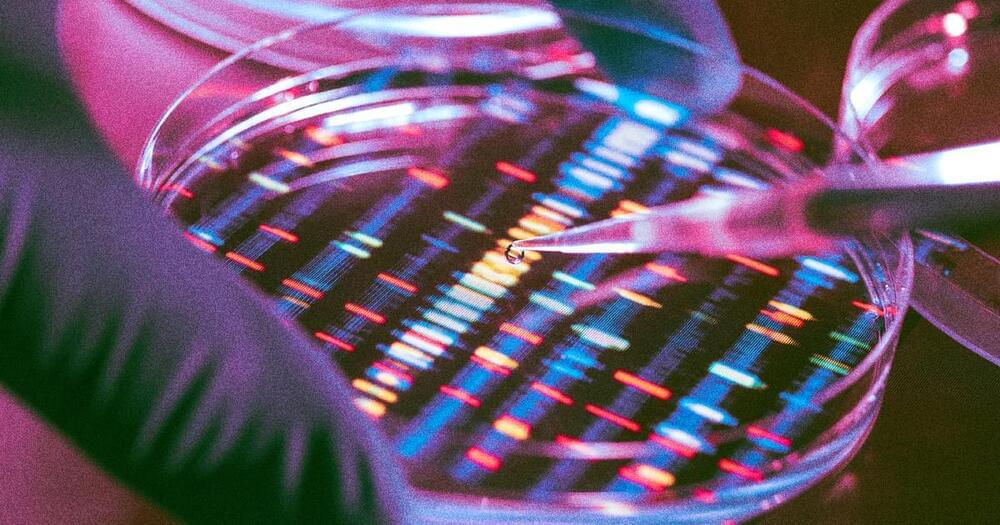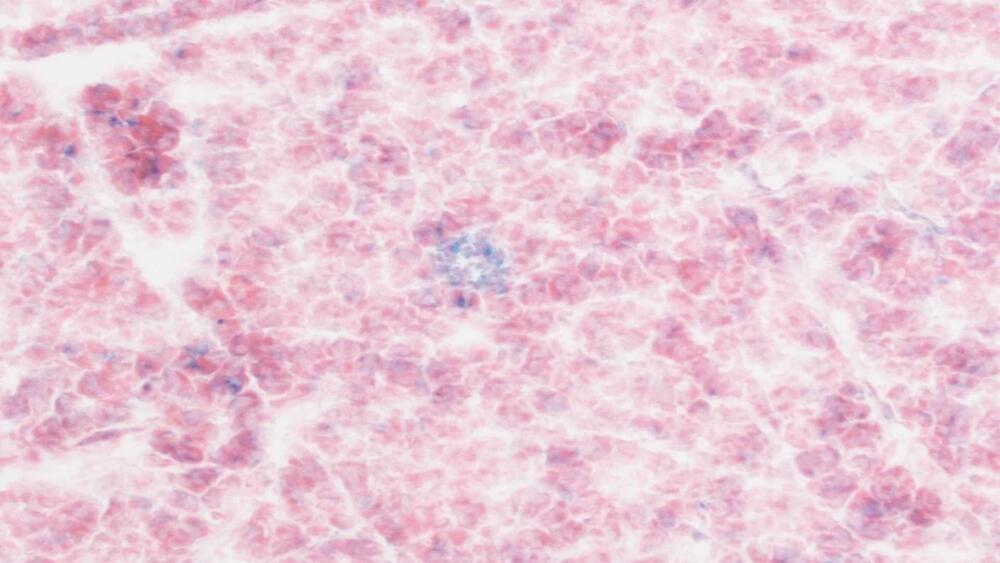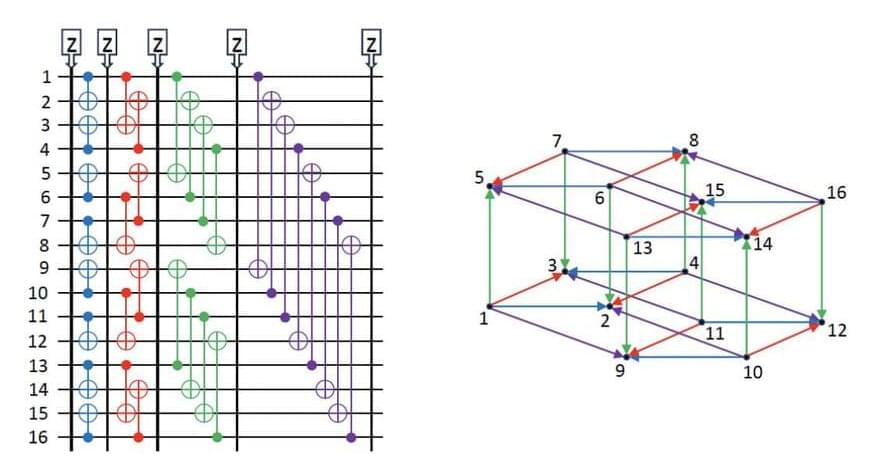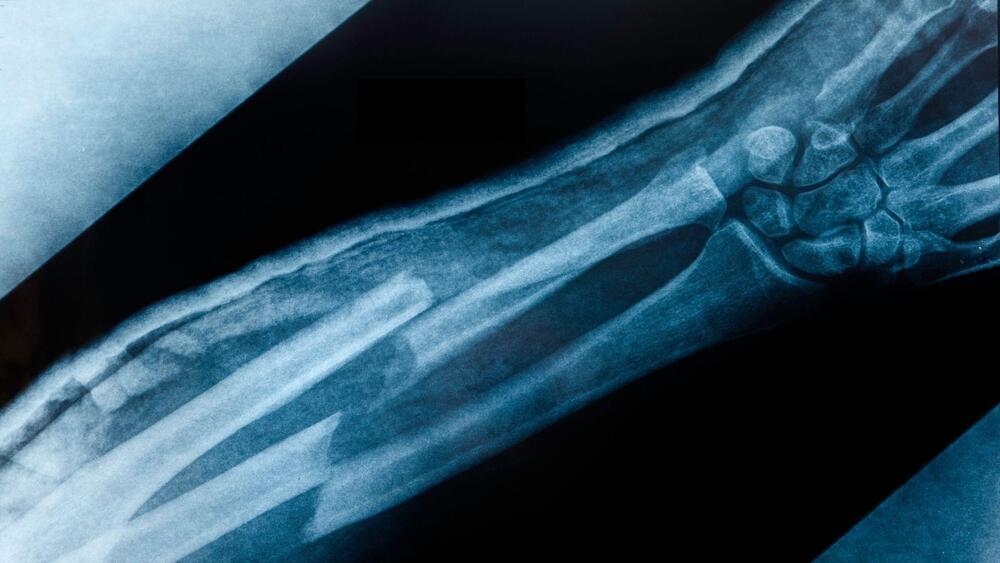Is there another path than accelerated Western modernization?



Even with dialysis, life expectancy is significantly shortened. With a kidney transplant, patients can expect to live 10 to 15 years longer.
The problem is that there aren’t enough donor kidneys to meet demand. If a person is lucky enough to find a matching donor, they still have to take immunosuppressants for the rest of their lives. While the drugs ensure their body won’t reject the organ, they also increase the risk of serious infections.
An artificial kidney: Researchers at the Kidney Project are on a quest to create a device that could be permanently implanted to do the job of a healthy kidney constantly and automatically.

A preventative anti-aging therapy seems like wishful thinking.
Yet a new study led by Dr. Corina Amor Vegas at Cold Spring Harbor Laboratory describes a treatment that brings the dream to life—at least for mice. Given a single injection in young adulthood, they aged more slowly compared to their peers.
By the equivalent of roughly 65 years of age in humans, the mice were slimmer, could better regulate blood sugar and insulin levels, and had lower inflammation and a more youthful metabolic profile. They even kept up their love for running, whereas untreated seniors turned into couch potatoes.

Despite the Harvard 48 logical #qubits paper is perhaps the biggest leap in #quantum technologies, still the final circuit is classically simulable.
Politics makes strange bedfellows, apparently so does quantum benchmarking.
In a surprising development, IBM Quantum and IonQ researchers teamed up to reveal an alternative classical simulation algorithm for an impressive error correction study conducted by a Harvard and QuEra team and published recently in Nature. IBM is a leader in superconducting quantum computers, while IonQ is noted as a pioneer in trapped ion devices.
The IBM-IonQ team reports in ArXiv that their classical algorithm accomplished the same computational task that was performed by the 48-qubit quantum setup in that Nature study, in a mere 0.00257947 seconds.

Researchers have unveiled a pioneering “bone bandage” that not only regenerates damaged bones in mice but also holds the promise of transforming bone regeneration in humans.
Developed by scientists at the Korea Advanced Institute of Science and Technology (KAIST), this biomimetic scaffold combines piezoelectric materials and the growth-promoting properties of hydroxyapatite (HAp), a naturally occurring mineral found in bones.
The innovative approach KAIST researchers took, although very much sounding like science fiction, is simply a freestanding scaffold that generates electrical signals when pressure is applied.




It’s possible the OnlyFake owner is exaggerating, and it’s also worth noting that counterfeiting documents is nothing new. The difference here, though, is that the firm’s software is capable of cranking out hundreds of fake, but very real looking, IDs. It feels like it’s a matter of time before both banks and crypto firms alike are swamped by a wave of bots seeking to open accounts that possess convincing fake IDs.
You can add to this an impending wave of AI-based tools that will be used to overcome the anti-fraud measures, such as voice-based authentication, used by banks and others. We are also seeing AI being used to carry out audacious new forms of robbery—including the jaw-dropping story this week of a criminal gang that persuaded some poor employee in Hong Kong to transfer $25 million of company funds during a Zoom meeting. It turned out that all the members on the Zoom call were AI-generated replicas of the employee’s boss and coworkers.